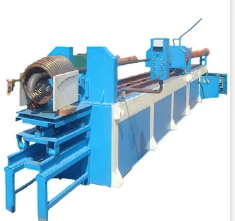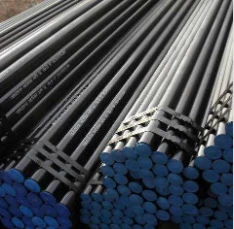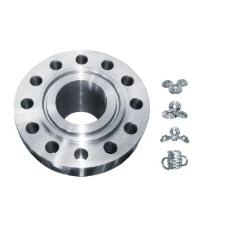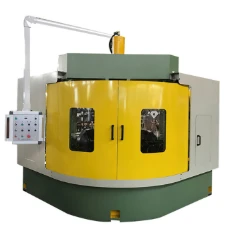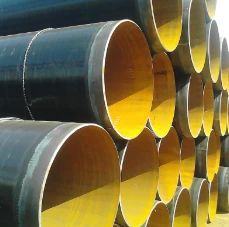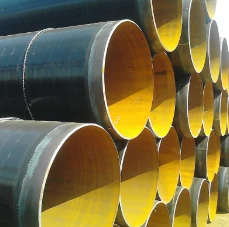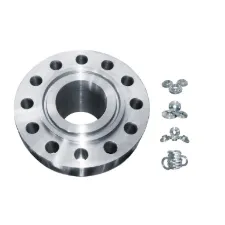
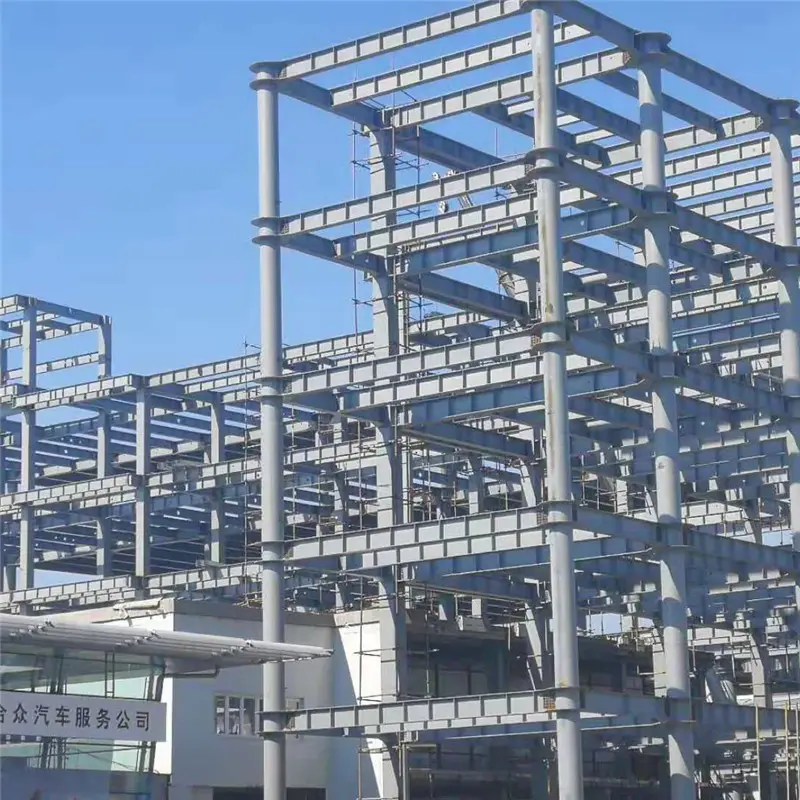
From a practical, industry-oriented experience, using the A519 grade for cold-forming applications showcases the steel’s adaptability. Comprising carbon and alloying elements, this pipe grade is predominately used in automotive and construction industries, where it provides superior machinability and weldability. Industries value these pipes for their reliability in bending and cutting processes, contributing to efficient manufacturing operations. Considering the expertise and authoritativeness within this domain, ASTM and ASME are the principal governing bodies that define and approve these grades. Their standards ensure consistency, safety, and quality assurance, which resonates across industries dependent on these materials. Compliance with these standards guarantees that the low alloy steel pipes meet stringent operational guidelines and performances demanded by critical applications. Trust in these materials extends from their documented success in various applications worldwide. For instance, the P91's involvement in power plant construction is well documented, showcasing its capacity to retain high performance under extreme chemical and mechanical stresses. This reliability reduces risks associated with pipe failure and extends the lifespan of the technical installations. In conclusion, choosing the appropriate low alloy steel pipe grade is pivotal. A deep understanding of the material properties, compliance standards, and industry applications ensures that businesses can optimize their operations. It maximizes product lifecycle and minimizes operational risks. As industries continue to advance and new challenges arise, evolving knowledge and technology around low alloy steel pipe grades remain indispensable.
Post time: ফেব্রু. . 14, 2025 19:17










